Below, see our working abstract for our paper analyzing & situating the public involvement practices of urban agriculture organizations within the historical, academic, and political contexts/
ABSTRACT: In our research, we are examining public involvement and participation processes in urban agriculture in Portland, Oregon and Montreal, Quebec. First, we explored the history of public participation in the North American context in order to orient public involvement practices in both Montreal & Portland. We are now in the process of analyzing more than three dozen case studies to help understand how UA practitioners envision and undertake their public involvement processes, highlighting key themes of democracy, inclusion, and empowerment through the lens of participatory democracy and collaborative planning. In the second part, we create a typology of participation based on these recent efforts of Urban Agriculture land use planning, policy, and regulation by governing bodies, community based organizations, and UA practitioners. How do organizations seek to include those who have not traditionally had a voice in the planning process? What best practices are being used by government agencies and community-based organizations to engage a representative public? Through an exploration of the literature on participatory planning and examples in both Portland and Montreal, we will outline the best practices and principles of public participation in governing and regulatory processes.
Amanda Hudson (PhD candidate) & Adam Brunelle (MURP Candidate)
ABSTRACT: In our research, we are examining public involvement and participation processes in urban agriculture in Portland, Oregon and Montreal, Quebec. First, we explored the history of public participation in the North American context in order to orient public involvement practices in both Montreal & Portland. We are now in the process of analyzing more than three dozen case studies to help understand how UA practitioners envision and undertake their public involvement processes, highlighting key themes of democracy, inclusion, and empowerment through the lens of participatory democracy and collaborative planning. In the second part, we create a typology of participation based on these recent efforts of Urban Agriculture land use planning, policy, and regulation by governing bodies, community based organizations, and UA practitioners. How do organizations seek to include those who have not traditionally had a voice in the planning process? What best practices are being used by government agencies and community-based organizations to engage a representative public? Through an exploration of the literature on participatory planning and examples in both Portland and Montreal, we will outline the best practices and principles of public participation in governing and regulatory processes.
Amanda Hudson (PhD candidate) & Adam Brunelle (MURP Candidate)
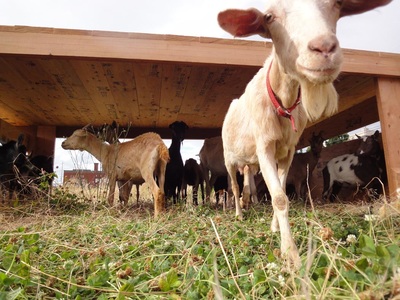
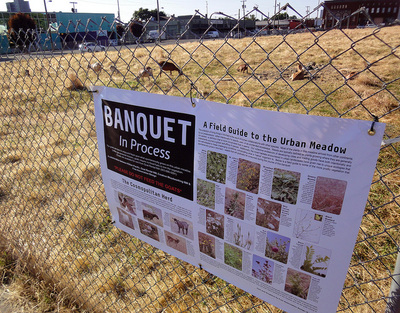
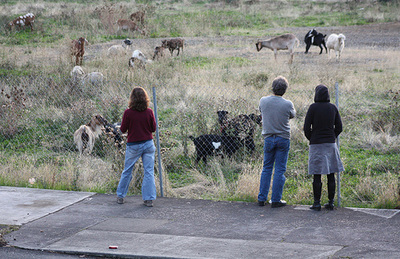
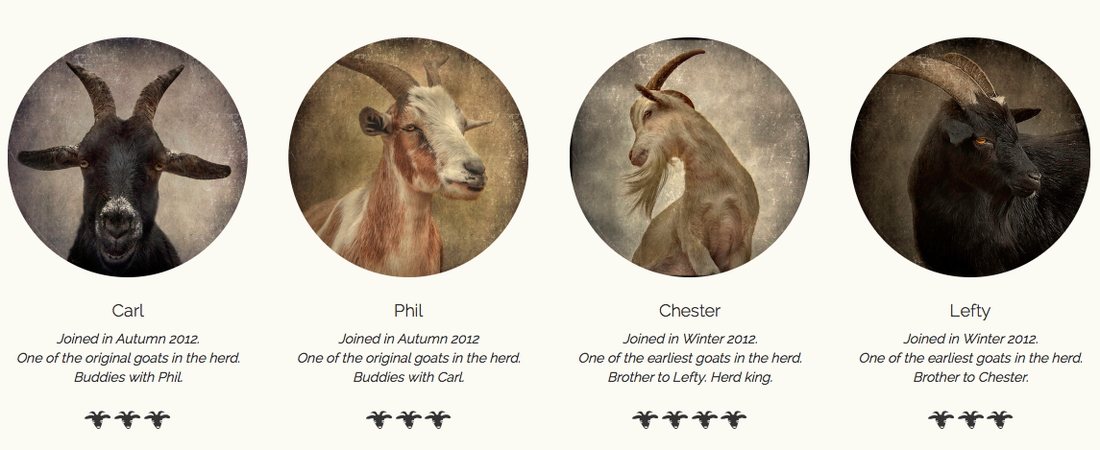
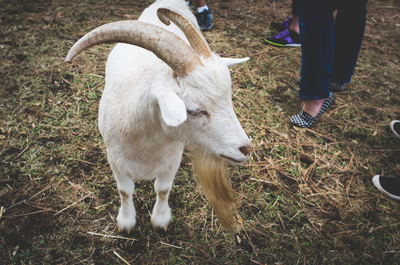
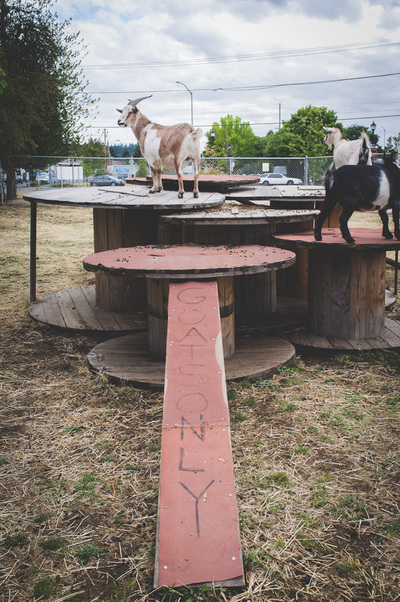
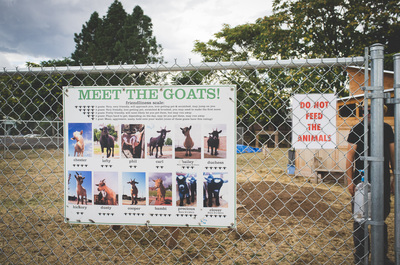
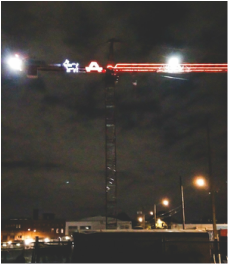
 RSS Feed
RSS Feed
